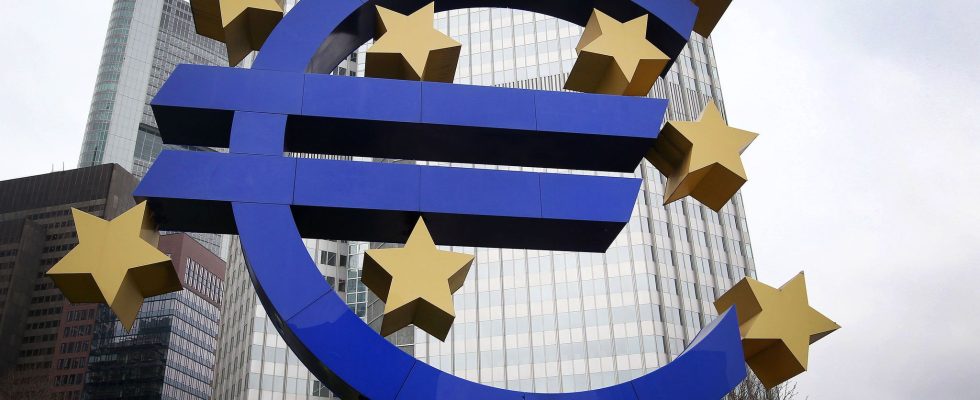About 4,000 people, mostly based in Luxembourg, and several tens of billions of euros loaned each year. The European Investment Bank (EIB), a credit institution of the European Union, has a great strike force to finance projects in infrastructure or energy, all without burdening the budgets of the States since it finds its resources on the financial markets, in particular through the issuance of green bonds. An additional tool to respond to US IRA. Grégoire Chauvière Le Drian, head of the Paris office of the EIB – 18 people in all – enthusiastically defends the model of this institution.
L’Express: Is the EIB really the “climate bank” that Economy Minister Bruno Le Maire is calling for?
Gregoire Chauviere Le Drian: Since 2019, the EIB has been clearly engaged in a transformation, to establish itself as the European climate bank. The 27 finance ministers who make up its board of directors then decided to exclude the financing of fossil fuels, a first. It was to devote 25% of its activity to projects contributing to the fight against climate change. This ambition has been raised to aim for more than 50% by 2025. We are ahead of this objective with already 54% overall, and even 70% in France. We also ensure that each project we finance, taken individually, does not have a negative impact on the climate.
The transition requires heavy investments, could you increase your envelope?
It’s possible ! It is up to the Member States to take the decision. The EIB is able, and quickly, to deploy a specific mandate. It has already shown that it knows how to respond to crisis situations: economic, migration, security, health. With regard to the climate, there are unmet needs and the EIB can play a role of impetus, when private financing is lacking. For example, it will deploy €30 billion in financing under the European Commission’s RePowerEU plan, which aims to mobilize up to €115 billion in new investments in renewable energy and energy efficiency by to 2027. It thus provides, in its own way, a response to the American IRA by contributing to the achievement of the objectives of the European Union.
The creation of the EIB dates back to that of the European Economic Community, yet it remains little known…
The EIB was created by the Treaty of Rome in 1957 and set up the following year. Alongside the political project, the Member States had wanted to set up a public bank to make their economies converge. At the time, Italy benefited from EIB financing to make up for its delay in major infrastructure. Today, the bank is owned by the 27 and each year, it generates a positive result of the order of 1 to 3 billion euros, reintegrated into its equity. Its credit rating is the best possible, AAA, even if some of its shareholders have seen theirs degraded. It issues 40 to 60 billion bonds each year, which it then lends. But it is still too little known, it is true, in part because it does not have a network of branches and many of its projects are financed in an intermediated way, via financial partners such as Bpifrance and the Banque territories in France.
What projects do you fund?
Our four targets, defined by European public policies, are infrastructure (roads, transport, electricity, water, fibre, etc.), SMEs, via banks, innovation, and climate and environmental action, which is now the first of our priorities. We have, for example, supported Safran, which is working on a very long-term carbon-free aircraft engine project, a small company like Carbios, which specializes in the biorecycling of plastics, and Loxam for the transformation of its construction fleet into vehicles electricity, BioNtech, at the origin of the anti-Covid vaccine using messenger RNA technology, from 2019… We have also participated in large consortia to develop wind turbines, mega factories, etc. The amounts can be high, as with Orange, to deploy fiber in white areas, a project that we financed to the tune of 500 million euros in 2022.
How is funding distributed by country?
There is no indicative envelope. France, Germany and Italy are EIB shareholders up to 20% but will not receive 20% of our loans. Nevertheless, France benefits from more financing than Estonia or Romania because the investment possibilities are more numerous and diversified there. In 2022, our country received 10 billion euros in funding, but this sum must be related to GDP. The “Top 4” countries receiving EIB loans today consist of Italy, Spain, France and Germany.
